Test Amit sep
Helpful Links
Role of metal compounds as future drugs

What are therapeutic drugs?
Therapeutic drugs are chemical substances that can have a physiological effect when introduced into the human body to cure a disease or disorder and to enhance physical or mental well-being. Most of the drugs in practice are small organic molecules or biologicals, but they don't account for a universal solution; ailments like HIV-AIDS, varieties of Cancer, Diabetes, Alzheimer's, and many others are yet to find a cure. Hence cures for them and alternatives for existing drugs are the need of the hour, and in this direction, metal coordination compounds are strong candidates.
As per World Health Organization (WHO) report, seven lakhs of Indians die due to cancer every year. Breast cancer is emerging as the deadliest among Indian women, while for men, it is cancer of the lip and oral cavity (Figure 1). Moreover, we are encountering new health issues as the number of people affected by anonymous viruses and bacteria and induced, and non-induced ailments and mental disorders progressively increases. So, it is evident that with science and technology at their height, scientists are looking for an efficient and economical way to synthesize novel drug moieties for therapeutic usage.

| Diabetes (29.2%) | HIV/AIDS (17.4%) |
| Oral Cancer (11.3%) | Breast Cancer (9.0%) |
| Cervical cancer (8.7%) | Lung Cancer (8.2%) |
| Stomach Cancer (7.6%) | Oesophagus Cancer (5.0%) |
| Malaria (3.6%) |
What are therapeutic drugs?
Therapeutic drugs are chemical substances that can have a physiological effect when introduced into the human body to cure a disease or disorder and to enhance physical or mental well-being. Most of the drugs in practice are small organic molecules or biologicals, but they don't account for a universal solution; ailments like HIV-AIDS, varieties of Cancer, Diabetes, Alzheimer's, and many others are yet to find a cure. Hence cures for them and alternatives for existing drugs are the need of the hour, and in this direction, metal coordination compounds are strong candidates.
Importance of metals in biological systems
Metal ions are electron deficient, and most biological molecules are rich in electrons, so metal ions tend to bind and interact with biological molecules. For example, hemoglobin is an iron-containing protein that binds to oxygen through its iron atom and transports this vital molecule to body tissues. Metal ions such as copper, zinc, iron, and manganese are also incorporated into metalloenzymes, facilitating many lives of chemical processes. In addition, metals help in various important events in the cell, such as catalyzing biochemical reactions or shuttling electrons during energy production (Table 1). On the flip side, however, metals can be highly reactive and corrosive, therefore harmful, and induce toxicity in the body. Classic examples are heavy metals such as mercury and lead (Table 2). Since nature has extensively used metal ions in biological systems for the proper functioning of various processes, there arises a question, is it not possible for us to use biologically relevant metal ions to cure a particular ailment or disorder?
An account of the history
Throughout history, metal compounds have been used for medical applications. Gold-based medicines were reported to be used in China, Arabia, and Italy in 2500 – 3000 BC. Mercury chloride was used extensively in the 16th century for treating syphilis even though it poisoned the patient. Although forbidden now, mercury compounds are still being used in traditional Chinese, Tibetan, and Ayurvedic therapies.
Another toxic metal Arsenic became popular in the 18th century by the name 'Dr. Fowler's solution is a mixture of lavender water and potassium arsenate and was taken classically with wine as an all-purpose tonic! Metals like Mercury, Gold, Silver, Lead, Zinc, Copper, tin, etc., have been used since ancient times by the seers of Indian tradition in treating different disease conditions. Charaka Samhita, the encyclopedia of Ayurveda, describes the use of metals in many of the ayurvedic preparations. References to applying metallic powders to the eyes can also be traced. In the present era, metals made an impact from the beginning of the 20th century with Dr. Erlich's discovery of the Arsenic based drug Salvarsan for the treatment of syphilis. However, screening metal complexes for their medicinal properties began shortly after.
Compounds of metal ions in therapeutics
Metal ions can be used as new scaffolds to construct therapeutic molecules and achieve shapes and structures similar to biological molecules that would be extremely difficult to attain with carbon-based compounds. Instead of supplying metal alone, metal complexes are synthesized so that the metal can act on the required diseased site; for example, if some cancerous cells require a higher amount of protein for their survival, then a metal complex can bind with that protein so that the protein is not supplied to the site of the tumor, hence inducing apoptosis or programmed cell death. Metal complexes have received little attention when compared to organic compounds as curatives. But in reality, many compounds from an organic origin do not show the purely organic mode of action but require traces of metal ions for their activation or biotransformation. Metal complexes in the present scenario are being tested for their utilization in treating cancer, malaria, arthritis, and other ailments and diseases. Metal-based pharmaceutics can be categorized into seven classes (Figure 2). Recently metal complexes have been used to treat cancer by attacking cancer cells and interacting directly with DNA. The positive charge on most metals can interact with the negative charge of the phosphate backbone of DNA. The notable ones are the platinum-based anticancer drugs, i.e., cisplatin1, one of the greatest successes of cancer therapy which revolutionized the treatment of some cancers, notably that testicular cancer. Two ruthenium compounds have entered clinical trials, NAMI-A2 and KP10193, which are active against metastases and primary tumors, respectively; they indicate that there are ways through which metal-based drugs can attack Cancer other than DNA.
Similarly, osmium, gold, and other metal-based compounds are being tested by researchers for their potential anticancer activity. Gold and its complexes are used for antiarthritic, anti-tumor, anti-microbial, and anti-malarial activity. The clinical successes of platinum anticancer and gold antiarthritic drugs have changed the notions of many who doubted that heavy-metal compounds, famous for their ghastly effects on human health, would ever play a serious role in therapy and indicate that if given the right clinical need, molecular target and a preclinical and clinical development plan, transition metal chemistry is well suited to solve some of the challenges which can turn a simple structure into a magical drug-like molecule.
Forsenol TM- Lanthanum carbonate is the latest metal-based drug (Table 3). It gained regulatory approval because it has a simple target, required pharmacokinetic properties, and a good safety profile.
Mental Metals!
It's not surprising that biologically active metals like copper, zinc and iron have been linked to neurodegenerative diseases like Alzheimer's, Parkinson and many other such types since they all play a key role in a wide range of brain cell functions, including cellular respiration, removal of toxic free radicals, oxygen delivery to brain cells and cell signaling. Novel therapeutic approaches involving delivering these metals to the brain are being tested for restoring lost neuronal function. The brain of Alzheimer's patients is like a mystery box because biochemical studies have revealed that there is a dramatic drop in copper levels-nearly 50% of the metal is lost from regions of memory processing and emotions; it's a big puzzle as to where that copper goes. It is assumed that copper may accumulate or hide in some regions by forming a complex with beta-amyloid peptides. To deal with this condition, a lot of research is being done to test copper bis(thiosemicarbazone) complexes as vehicles to deliver the metal safely to the copper-deficient locations within the brain cell.
Characteristics of an optimal metal-based drug
Converting a structural lead into a drug-like molecule is a significant but hard-core challenge for a medicinal chemist. Unfortunately, many drug candidates are found unsuitable due to failing to reach their molecular target in the required dose during early clinical trials. Hence, it is important to list the drug's required properties to have a neat and efficient functioning.
- Selective toxicity against the target pathogen/diseased tissue leaves the normal tissue unaffected.
- LD504 value should be high, and the IC505 value should be low.
- Favorable pharmacokinetics6: should be able to survive in high concentration inside the host and reach the target site in the required amount.
- Lack of side effects ideally.
- Able to cross cytoplasmic membranes.
- Zero/low level of antibiotic resistance shown towards the target pathogen.
- Long half-life
Side effects and challenges faced
Just as in the case of a coin that has two faces, no drug comes with all positive consequences. There are some major drawbacks of the current medicines; platinum drugs are efficient only for a limited type of cancers and often cause severe side effects like nausea, bone marrow suppression, and kidney toxicity.
One of the biggest challenges faced is the delivery of metal-based drugs to their target cells. A drug needs to be sufficiently reactive to bind to the biological target but not so reactive that it will be deactivated by the scores of biomolecules encountered on the way. One strategy involves the design of prodrugs7. Prodrugs are drug derivatives that can transform in-vivo to release the active species with improved physiochemical, biopharmaceutical, and pharmacokinetic properties. Taken as a whole, it's all but a multi-stage process involving synthesis, purification, proof of biological activity, preclinical testing, and clinical testing. Biological activity proof can be like measuring activity against cell cultures (in-vitro activity) or activity in animals (in-vivo activity). Identification of compounds with the most preferred biological activities using the finest possible models is essential since, in the later stages, the entire process becomes expensive.
Future outlook
The discovery of platinum and gold-based drugs resulted from discovery by chance, but now rational drug design has become important to make new advances in Metallo-pharmaceutical research and development. Dreadful ailments like cancers, antibiotic-resistant bacterial infections, viral diseases, and obesity outbreaks urgently need therapies for their treatment. Even though metal-based drugs have pros and cons, the future for this research is very vivid with hopes of treatments and cures for common illnesses faced by humankind. It is in the hands of an inorganic medicinal chemist to recognize the challenges faced in the field of metal-based drug discovery and develop a clear-cut strategy to synthesize new metal moieties (Figure 3).
Metal compounds provide new opportunities for building structures with unique and defined three-dimensional globular shapes. This access to unfamiliar chemical space could lead to the discovery of molecules with exceptional and supreme properties. Future work will progressively rely on combinatorial chemistry of metal complex libraries followed by screening against selected targets.
How would you rate this Article ?
Press the number of stars to rate this Magazine.
4.5 Author Points.
Based on 20 Magazines written by this author.
No Magazine Ratings yet




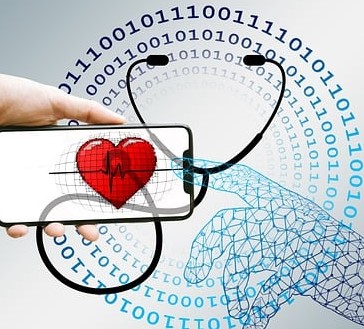






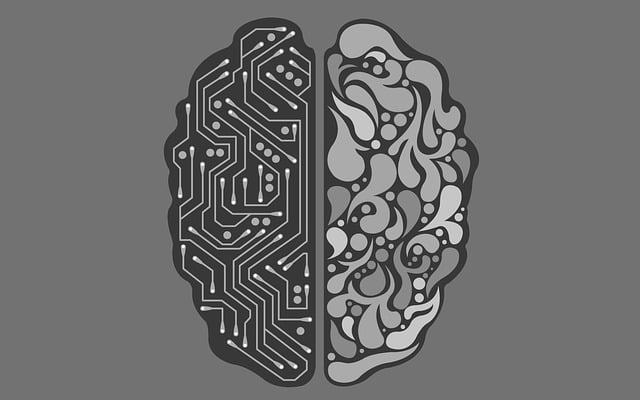



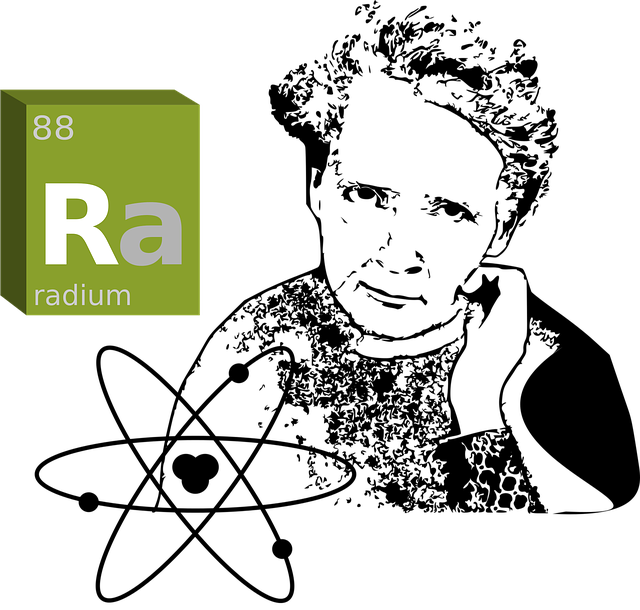









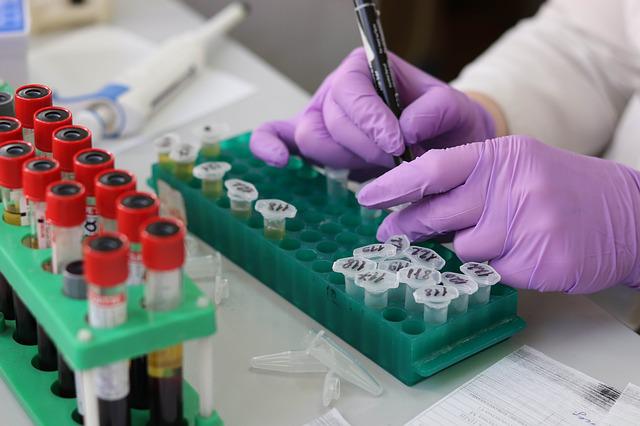








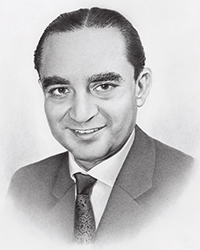
Please Sign In or Sign Up to leave a Comment.